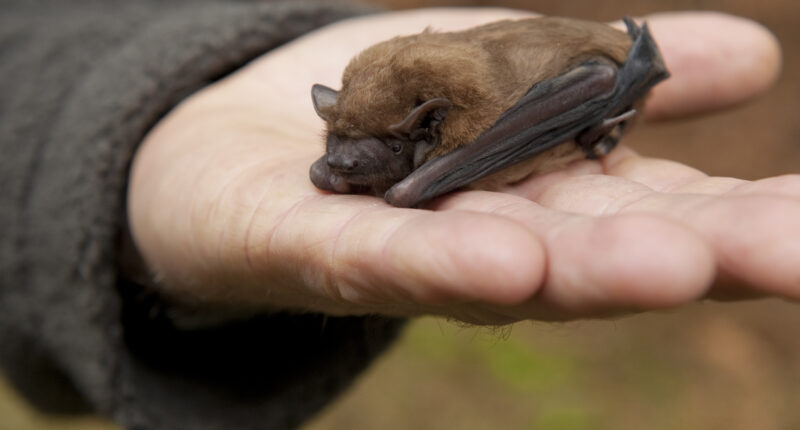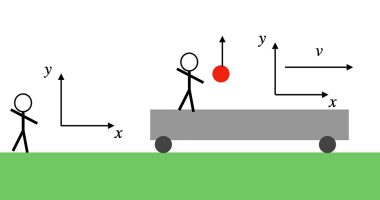AI is helping us communicate with animals like never before and scientists are starting small with bats and bees.
Artificial intelligence allows humans to use breakthrough techniques to decode and observe how animals talk so we can try and talk back.
Scientific American spoke with Professor Karen Bakker who is the author of the new book “The Sounds of Life: How Digital Technology Is Bringing Us Closer to the Worlds of Animals and Plant”.
She told the news outlet that AI is already helping humans communicate with bats and honey bees and this could change what we know about nature and our nonhuman relationships.
Bakker says AI algorithms are being used to decode recordings of animals communicating with one another.
Trying to communicate in their language could be better than previous attempts to teach creatures like apes to use human sign language.
Bakker gave an example of researcher Yossi Yovel who used recordings and AI to understand bats.
She told Scientific American: “Bats argue over food; they actually distinguish between genders when they communicate with one another; they have individual names, or “signature calls.”
“Mother bats speak to their babies in an equivalent of “motherese.”
“But whereas human mothers raise the pitch of their voices when talking to babies, mother bats lower the pitch—which elicits a babble response in the babies that learn to “speak” specific words or referential signals as they grow up. So bats engage in vocal learning.”
Most read in News Tech
She added: “That’s a great example of how deep learning is able to derive these patterns from [this] instrumentation, all of these sensors and microphones, and reveal to us something that we could not access with the naked human ear.”
Without AI it would be extremely difficult to decode what the bats are saying.
This is because most bats communicate above the human hearing range and they “talk” a lot faster.
Humans can’t listen like a bat but a computer can be trained to.
Professor Bakker also had a lot to say about honey bees.
She said: “When honeybees “speak” to one another, it’s their body movements, as well as the sounds, that matter.
“Now computers, and particularly deep-learning algorithms, are able to follow this because you can use computer vision, combined with natural language processing.
“They have now perfected these algorithms to the point where they’re actually able to track individual bees, and they’re able to determine what impact the communication of an individual might have on another bee.
“From that emerges the ability to decode honeybee language.”
Bakker says researchers now know how bees say things like “hush” or “stop”.
A researcher called Tim Landgraf even created a robot honey bee that entered a hive and was able to communicate with the other bees.
It was said to be able to tell the other bees to stop and even where to fly.
Although Bakker presents the research as a good thing, she does note that it raises “a lot of philosophical and ethical questions.”


Scientists won’t be stopping with bats and bees and lots of other animals could be communicated with.
There are even said to be plans for scientists to try and talk to plants.









